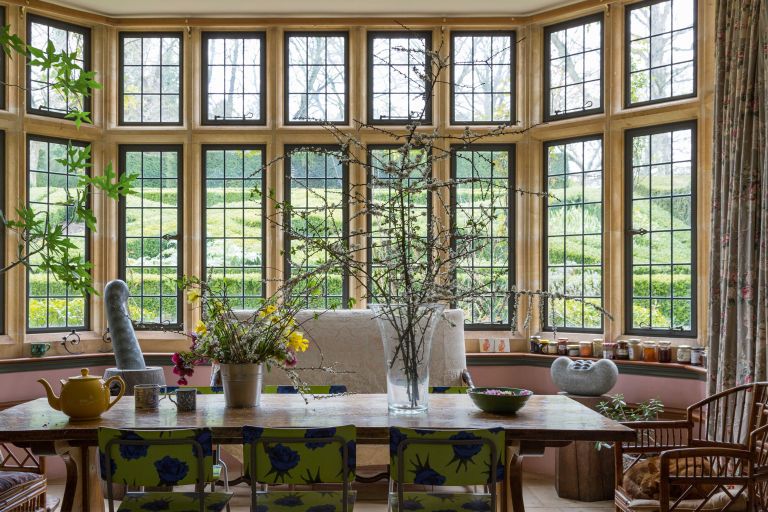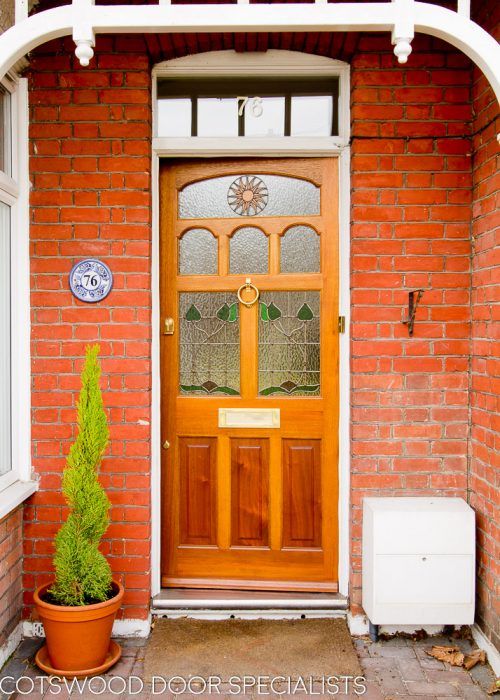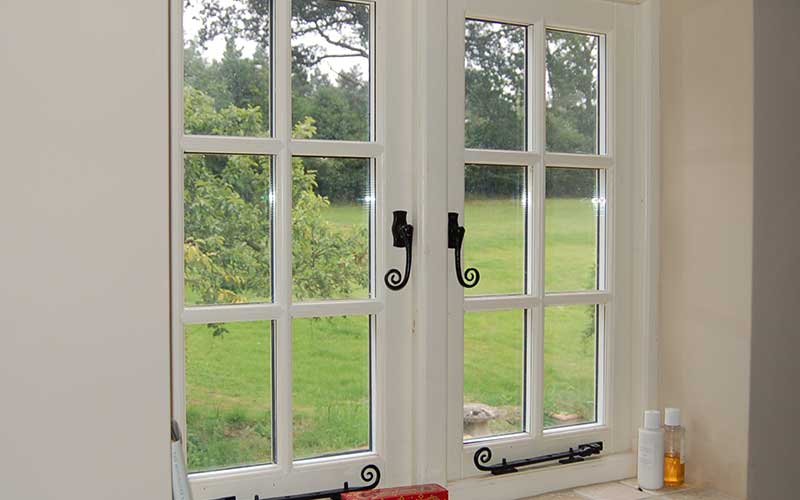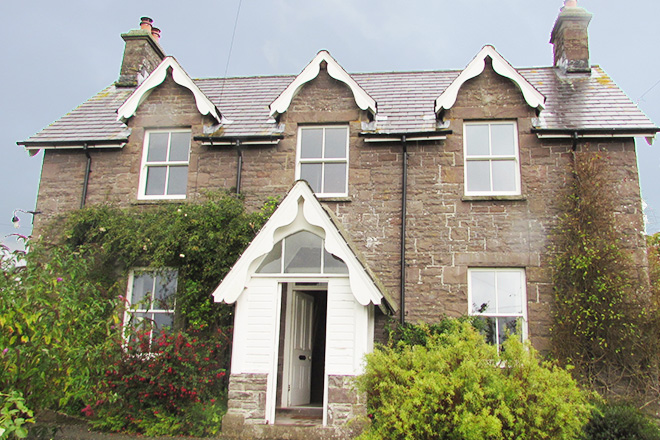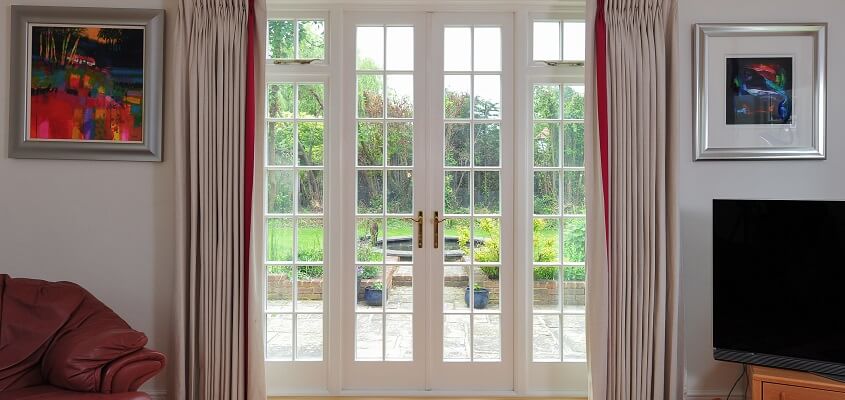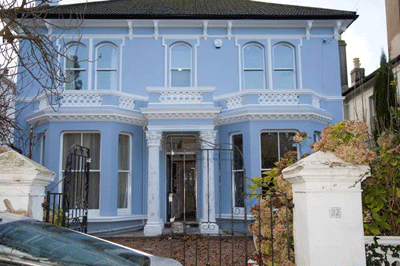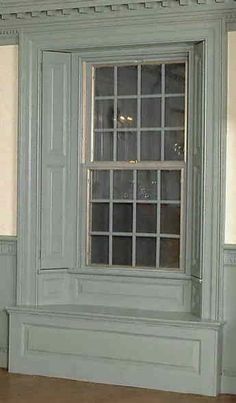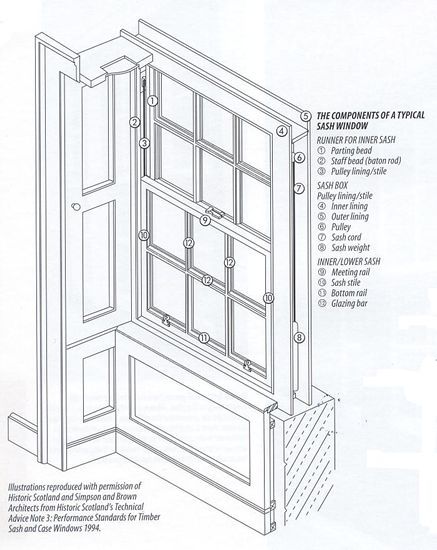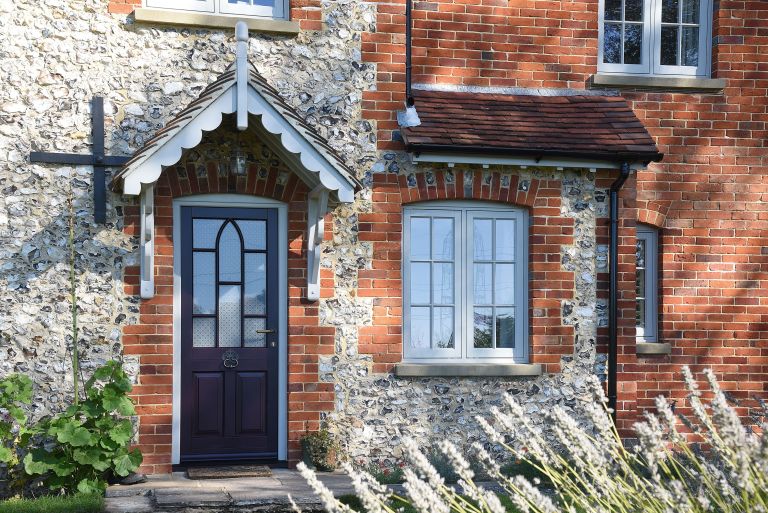Use timber-glazed windows for Victorian and Georgian style homes
The Georgian period covers the period from 1714 when George I became king until 1830 when George V died. The most well-known features of Georgian architecture are the symmetrical facades of grand, tall houses with windowed windows. These window sills were a popular choice during the late 1920s. They were usually two movable screens, each divided into six boxes with narrow glass bars. The Building Act of 1894 changed the window regulations. Being in line with the outer walls was no longer a requirement.
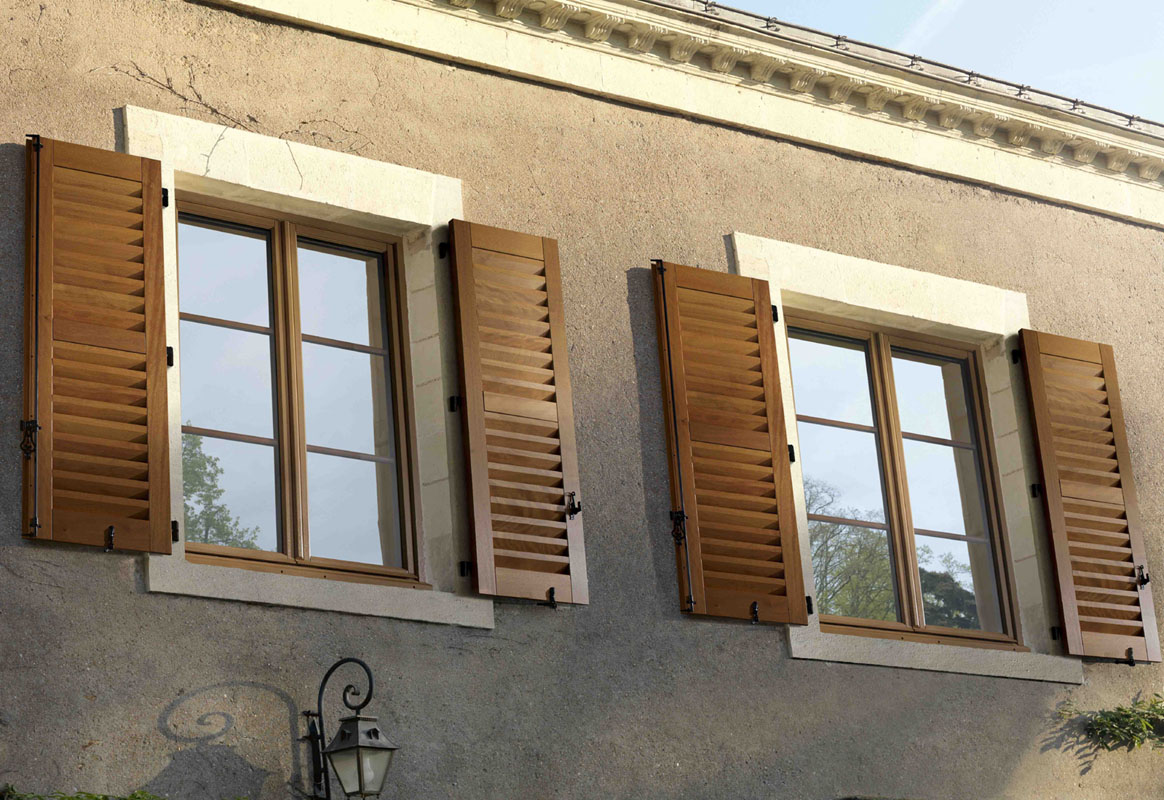
Victorian housing was a reaction to a population increase that doubled from 1841 to 1901. The middle classes rejected back-to-back townhouses popular in industrial areas. They wanted to own fashionable villas. There are three styles of Victorian houses: classic, gothic and old English.
The classic style has a symmetrical facade design with stucco walls, pediment and pillars. Gothic Victorian is most noticeable through the pointed arch doors and windows. Gothic style houses are asymmetrical. The design is based on the interior layout. Picturesque and picturesque Olde-English homes have steep thatched roofs or tiled roofs. Pointed gables with roof finishes and carved billboards adorn Olde-English style houses.
Why timber-glazed windows?
English Heritage conducted a study on the thermal performance of traditional window frames. The results counteract misconceptions about energy efficiency in wooden windows.
Wood protection windows are a unique feature of England's heritage that are disappearing quickly.
The study used a window with 2 x 2 sliding timber that dates back to the 1880s. The results showed that even basic improvements and simple repairs create a significant reduction in heat loss and draft. Using a combination of methods, timber windows can be upgraded to meet the building regulations goals.
The repaired cracks eliminate gaps that significantly reduce the amount of draft and air filtration. The tested window reduced air infiltration by one third. Draft proofing can reduce air filtration by as much as 86 percent for window frames in good condition.
Heat loss through contact with frames and glass can be significantly reduced by taking simple steps such as regular roller blinds and closing thick curtains. There are more detailed measures that can improve windows and reduce the heat loss that meets the modern building regulations.
They have no more than two as a U-value target. A good quality timber glass window has a U-value of 1.7. Well-assembled closed shutters give similar results. Using the two methods together gives a U-value of 1.6 and a reduction of the heat loss by 62 percent.
Modern double glazed windows in wood are manufactured using advanced technology that offers the following advantages. Double glazed timber windows keep you warm and save on energy bills. Wood naturally generates heat that causes natural heat retention. Double glazed windows have a 20 mm gap between the windows which keep cold air out. Internal glass with a low E-coating reflects heat back into the room, which minimizes energy loss. Weatherproof seals, without memory, always return to their original position.
About authors
Nathan Bishop is the owner Go green glass. They are an Australian company based in Geelong that specializes in retrofitting double glazed windows. His team has over 100 years of experience in window repair, replacement and retrofitting.

